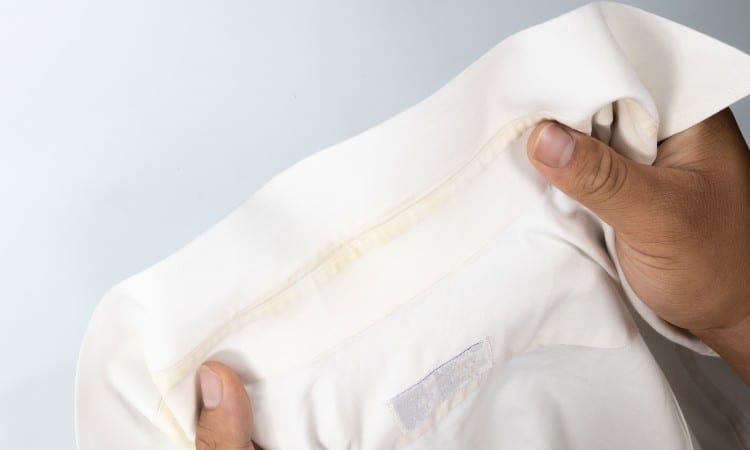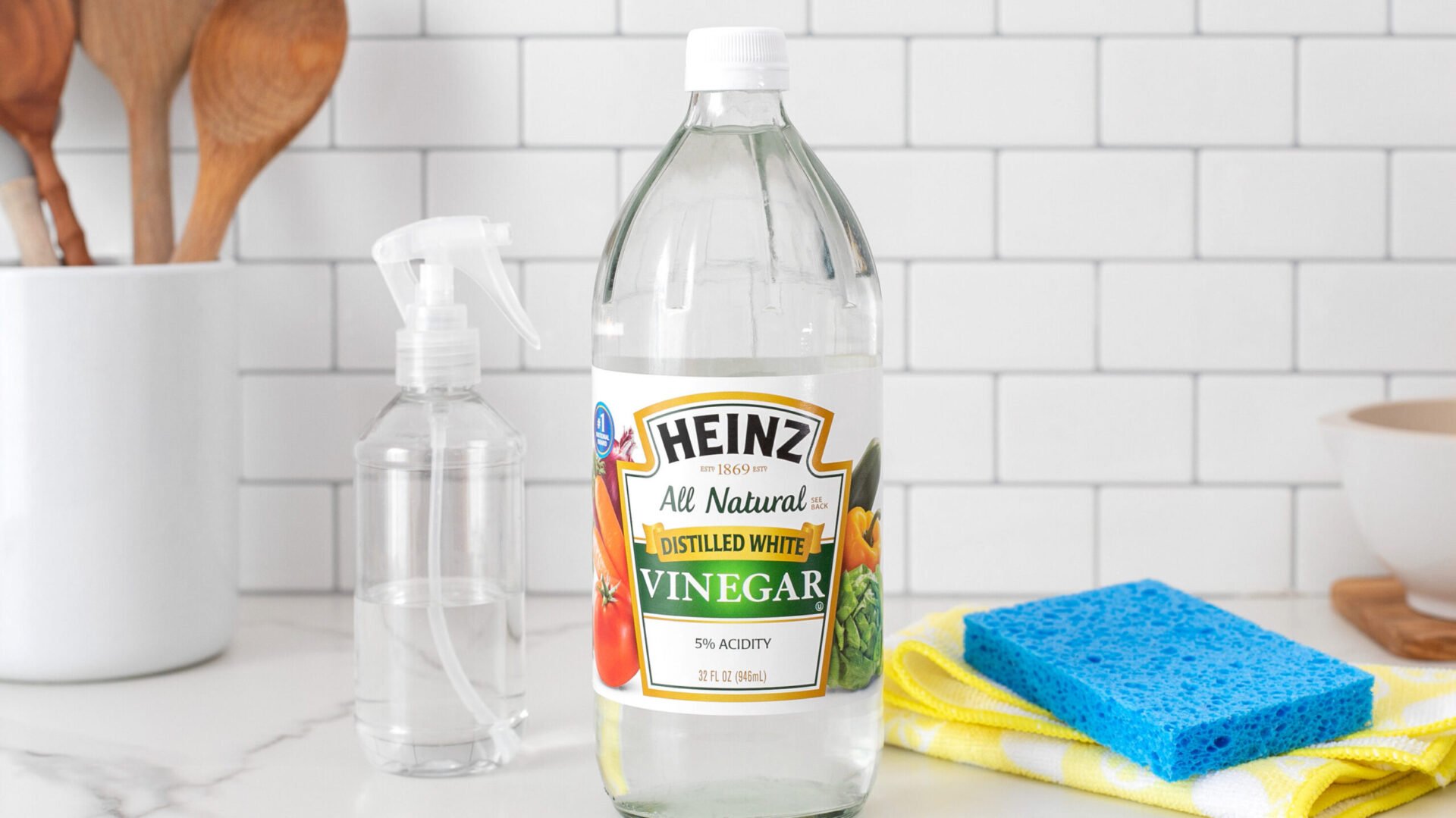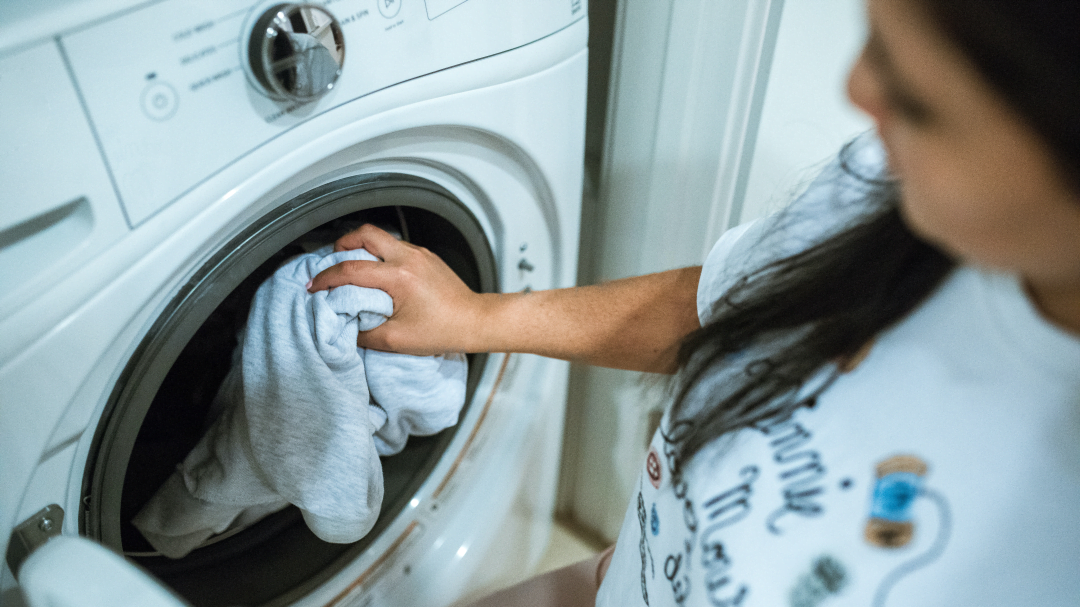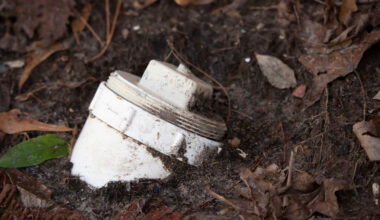
Neosporin is a commonly used antibiotic ointment for treating minor cuts and wounds. While it effectively promotes healing, it can also leave stubborn stains on your favorite garments. Whether it’s a result of a minor cut or scrape, Neosporin stains can be a headache for many people.
Fortunately, several easy and effective methods exist to remove Neosporin stains from clothes. From everyday household items to simple laundry techniques, these solutions can help restore your clothes to their former stain-free states. In this article, we will explore different stain removal methods that will save your garments from those blights caused by Neosporin.
What is Neosporin Stain?
Neosporin stain refers to the discoloration caused by the ointment when it comes in contact with the fabric. The ointment contains ingredients like petroleum and other oils, which can leave behind greasy stains on clothing. Removing Neosporin stains from clothes is essential to maintain the appearance and cleanliness of your garments. If left untreated, the stains can become more stubborn and difficult to remove over time, potentially ruining your favorite clothes.
6 Ways How to Get Neosporin Out of Clothes
If you accidentally get Neosporin or any other ointment stain on your clothes, below are some methods to remove it. However, remember that these methods are not recommended for garments labeled as “dry clean only.” It’s always best to seek professional help for delicate or valuable items. Nonetheless, here are the steps to get Neosporin out of clothes:
1. Blotting: If the stain is fresh, gently blot the excess Neosporin with a clean cloth or paper towel. Avoid rubbing, as it may push the stain deeper into the fabric.
2. Pre-treat with Dish Soap: You can try pre-treating the stain with a small amount of dish soap for washable fabrics. Apply a small amount directly to the stain, gently work it in with your fingers, and let it sit for a few minutes before rinsing.
3. Spot Cleaning: You can use a commercial stain remover or a mixture of equal parts hydrogen peroxide and water as home remedies for washable fabrics. Always test the solution on a hidden area first to check for colorfastness and fabric compatibility.
4. Laundering: If the fabric is machine washable, wash the garment according to the care instructions using the hottest water allowed for the fabric. Check the stain after washing; if it’s still present, avoid drying the garment until it is completely gone.
5. Using Vinegar Solution: Mix one part white vinegar with two parts water and use a clean cloth to blot the stain with the solution. Rinse with cold water afterward.
6. Employing Commercial Stain Removers: Specific stain removers are designed to tackle oil-based stains like Neosporin. Look for enzyme-based stain removers or those formulated for ointment or oil stains.
Always remember to read and follow the care label on your clothing items. If the garment is labeled as “dry clean only,” or if you’re unsure about the fabric type, it’s best to take it to a professional dry cleaner. They have the expertise and equipment to handle delicate fabrics and challenging stains safely.
Can Neosporin Stains Be Removed From Dry Clean Only Garments?
It is generally not recommended to attempt removing Neosporin stains or any other stubborn stains from dry clean-only garments at home. Dry clean only garments are made of delicate fabrics that require special care, and using standard stain removal methods may cause further damage to the fabric or alter its appearance.
Neosporin contains oils and other ingredients that can be challenging to remove from fabrics, especially delicate ones. If you try to remove the stain yourself, you risk setting the stain further into the fabric or causing discoloration. The best action is immediately taking the garment to a professional dry cleaner. They have the expertise and equipment to properly handle delicate fabrics and stubborn stains like Neosporin.
Always check the care label on your garments before attempting any stain removal, and if it says “dry clean only,” it’s best to leave stain removal to the professionals. Promptly address the stain by taking it to the dry cleaner to increase the chances of successful removal.
Top 5 Home Remedies to Get Neosporin Stain Out of Clothes

Removing Neosporin stains from clothes can be challenging, but you can try some home remedies. Remember that results may vary depending on the fabric type and how old the stain is. Here are some home remedies to try:
1. Vinegar Solution
White vinegar is known for its acidic properties, which can help break down and dissolve stains caused by Neosporin. The vinegar solution is a natural degreaser, making it useful for treating oil-based stains. Additionally, vinegar is generally safe on most fabrics, but as with any solution, performing a patch test first is essential.
2. Baking Soda Paste
Baking soda is an abrasive yet gentle cleaning agent that can help lift stubborn stains. When mixed with water, it forms a paste that acts as a mild scrub, removing dried Neosporin from the fabric. Baking soda is also known for its deodorizing properties, which can help neutralize any lingering odors.
3. Rubbing Alcohol
Rubbing alcohol, or isopropyl alcohol, is a solvent that can dissolve and lift oil-based stains like Neosporin. It helps to break down the ointment and make it easier to remove from the fabric. However, it’s important to use rubbing alcohol in moderation, as excessive use may damage certain fabrics or cause discoloration.
4. Hydrogen Peroxide
Hydrogen peroxide is an oxidizing agent, meaning it can break down and lift stains by releasing oxygen. It is particularly effective for removing protein-based stains like Neosporin, which contains ingredients like petrolatum and lanolin. However, hydrogen peroxide can bleach or lighten some fabrics, so it’s crucial to test it on a small, hidden area of the fabric first.
5. Lemon Juice
Lemon juice contains natural acids that can help break down oils and stains. It acts as a mild bleaching agent, which can lighten and remove Neosporin stains from white or light-colored fabrics. Like hydrogen peroxide, lemon juice should first be tested on a small area to avoid damage.
How to Remove Neosporin Stain from Different Fabrics?
1. Removing Neosporin stain from Cotton
For cotton fabrics, scrape the excess Neosporin using a flat edge, such as a knife. Then, rinse the area with warm water to remove as much of the ointment as possible. Apply a small dishwashing detergent onto the stain and gently scrub the fabric. Rinse the garment thoroughly and wash it as usual.
2. Removing Neosporin stain from Synthetic Fabrics
Synthetic fabrics, such as polyester and nylon, can be more resistant to stain removal. However, you can still try the dishwashing detergent method mentioned above. If the stain persists, you may need to repeat the process or consider using a specialized stain remover for synthetic fabrics.
3. Removing Neosporin stain from Wool
It is essential to be gentle when dealing with wool fabrics to prevent damage to delicate fibers. Start by blotting the stain with a paper towel to remove any excess Neosporin. Then, apply a small amount of dishwashing detergent onto the stain and gently massage the fabric. Rinse the garment with cold water and air dry to avoid shrinking or distortion.
How Do I Remove Grease Stains From Clothes Caused by Neosporin?
A: To remove grease stains from clothes caused by Neosporin, you can follow these steps:
- Scrape off as much of the Neosporin ointment as possible using the flat edge of a knife or spoon.
- Blot the stain gently with a clean cloth to remove excess grease.
- Apply a small dishwashing detergent to the stain and gently rub it in.
- Let the detergent sit on the stain for a few minutes to break up the grease.
- Rinse the stained area with cold water.
- Launder the clothing item, as usual, following the care instructions.
- Check if the stain is completely removed before drying the clothes. If not, repeat the steps or try alternative methods.
10 Tips for Neosporin Stain Removal

1. Blotting the stain
Before applying any cleaning agents, always blot the stain with a paper towel to remove any excess Neosporin. Be careful not to rub the stain, which may spread or set into the fabric.
2. Rinsing the stain with warm water
Rinsing the stained area with warm water can help loosen the stain and remove any remaining ointment. It is recommended to rinse the garment under running water, as it provides better control and ensures thorough removal of the stain.
3. Use a flat edge to scrape off excess Neosporin
To remove excess Neosporin from clothing, use a flat edge, such as a knife, to gently scrape off the ointment. Be careful not to damage the fabric while doing so.
4. Pre-treat with a stain remover
After blotting and rinsing the stain, it’s time to pre-treat the affected area with a stain remover. Look for a stain remover that tackles greasy or oily stains, as Neosporin contains petroleum-based ingredients. Apply the stain remover directly to the stained area and gently work it into the fabric with your fingers or a soft brush.
5. Launder with an enzyme-based detergent
Washing the garment with an enzyme-based detergent can effectively break down the remaining Neosporin residue. Enzyme-based detergents contain specific enzymes that target protein-based stains like ointments. Follow the care instructions on the clothing label and wash the stained item in the warmest water suitable for the fabric.
6. Check before drying
Before placing the garment in the dryer, eradicate the stain. The high heat from the dryer can set the stain, making it even more challenging to remove later. If the stain persists after washing, repeat the pre-treatment and laundering process until the stain is gone.
7. Avoid heat until the stain is gone
Avoid exposing the stained area to direct heat sources, such as ironing or using a hairdryer until the stain is completely removed. Heat can set the stain and make it much more challenging to eliminate.
8. Spot clean delicate fabrics
For delicate fabrics that can’t withstand regular washing, spot clean the Neosporin stain using a mild detergent or a mixture of water and white vinegar. Dab the stain with a soft cloth or sponge and repeat until the stain is no longer visible.
9. Test an inconspicuous area first
Before using any cleaning agents or stain removers, always test them on an inconspicuous area of the fabric to ensure they won’t cause discoloration or damage.
10. Seek professional cleaning
If the Neosporin stain persists or is on a valuable or delicate item, it may be best to seek professional cleaning services. Professional cleaners have the expertise and specialized equipment to tackle tough stains effectively without risking damage to the fabric.
By following these additional tips, you can increase your chances of successfully removing Neosporin stains from your clothing and fabrics, allowing you to restore them to their original pristine condition.
Frequently Asked Questions
Q: Can Neosporin leave stains on clothes?
A: Neosporin can leave behind greasy stains on clothes, particularly if the ointment comes into contact with fabric and isn’t fully absorbed or washed off.
Q: Can I use any other detergent instead of dishwashing detergent?
A: While using a mild liquid or laundry detergent as an alternative to dishwashing detergent may sometimes work, it’s essential to exercise caution. Dishwashing detergents are specifically formulated for removing grease and food stains from dishes, and they may contain ingredients that could be harsh on fabrics or cause discoloration.
Q: What if the Neosporin stain has already dried?
A: If the Neosporin stain has already dried on the fabric, apply a pre-wash stain remover or rub alcohol to the stained area before laundering the clothes. Gently blot the stain with the chosen solution, and wash the garment following the care instructions. However, success in removing dried stains is not guaranteed, and for delicate or valuable items, it’s best to seek professional assistance to avoid potential damage to the fabric.
Q: How can I remove Neosporin stains from delicate fabrics?
A: To remove Neosporin stains from delicate fabrics, gently blot the stain with a clean cloth to absorb as much of the ointment as possible. Then, apply a small amount of mild liquid detergent or pre-wash stain remover to the stained area, gently dabbing. Finally, rinse the treated area with cold water and seek professional help if the stain persists or if the fabric is labeled as “dry clean only.”
Q: Can I use bleach to remove Neosporin stains?
A: It is not recommended to use bleach on Neosporin stains, as bleach may damage the fabric or cause discoloration. Stick to the previously mentioned stain removal methods.
Q: What if the stain still doesn’t come out?
A: If the stain persists after trying various stain removal methods, you may want to take the clothing item to a professional dry cleaner for further assistance.
Q: How can I prevent Neosporin stains on clothes?
A: To prevent Neosporin stains on clothes, apply the ointment sparingly and avoid getting it on your clothes. If you need to apply a larger amount, consider covering the area with a bandage or gauze pad to protect your clothing.
Conclusion
In conclusion, while there are various easy stain removal methods for everyday clothing stains, it’s essential to exercise caution when dealing with Neosporin stains on dry-clean-only garments. Neosporin contains oils and ingredients that can be challenging to remove, and attempting to treat the stain at home may lead to irreversible damage to the delicate fabric.
Always refer to the care label on your clothing items for the best and safest results, and follow the instructions. If the garment is labeled as “dry clean only,” resist the temptation to use household stain removal remedies and take it to a professional dry cleaner instead. Professional cleaners have the expertise and specialized equipment to effectively handle delicate fabrics and stubborn stains.
Remember to act promptly when dealing with stains, regardless of the fabric type, as the longer a stain lingers, the harder it becomes to remove. Ultimately, prevention is the key to preserving your favorite garments. By following these guidelines, you can maintain the quality and appearance of your clothing, ensuring they remain pristine for years to come.
For more valuable content like this, join our community at the Family Hint today!



